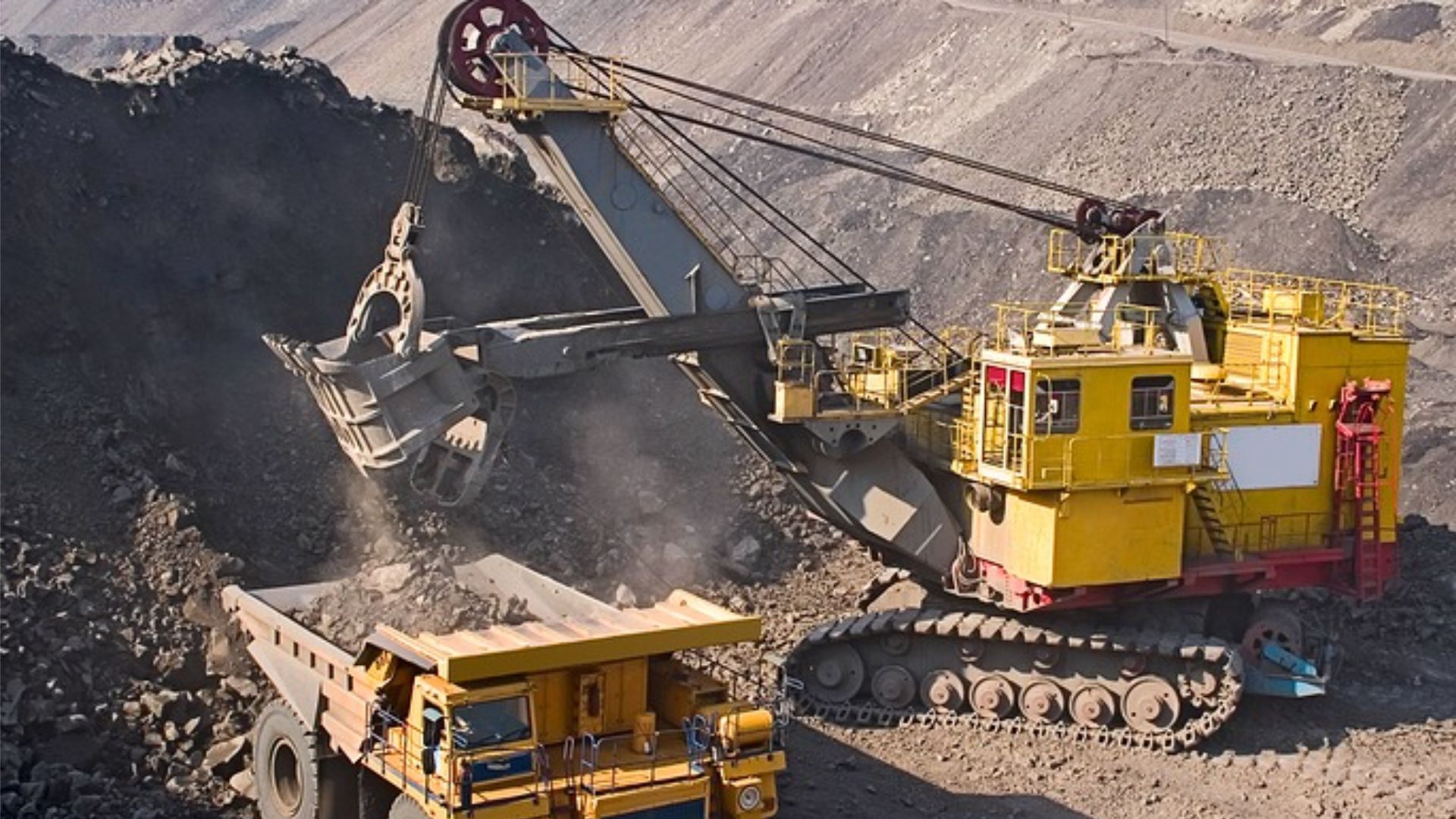Navigating the Opportunities and Challenges of Vogue Minerals in Africa
- Africa | 15 March 2019

The surge in demand for vogue minerals, including lithium, graphite, cobalt, and vanadium, driven by the rapid development of battery technology, has captivated the attention of investors and developers. However, capitalizing on these opportunities requires a strategic understanding of market uncertainties and a strong technical focus to mitigate potential risks.
Vogue minerals refer to commodities that are not bound by the traditional mineral cycle but instead thrive on new demand patterns arising from technological advancements and applications. Currently, the increasing demand for energy storage in large-scale batteries, used in various sectors like electric vehicles and renewable energy, has propelled the consumption of these minerals.
While vogue minerals are extracted worldwide, Africa stands out as a significant current source and a promising region for new prospects. SRK Consulting, through its involvement in exploration strategy, design, execution, and technical assessments, has recognized Africa’s potential in these minerals. Lithium deposits can be found in evaporite and pegmatite formations across South Africa, Namibia, Zimbabwe, Mozambique, Mali, and the Rift Valley in Kenya and Tanzania. SRK’s work on lithium projects in the Democratic Republic of Congo suggests favorable exploration opportunities and the potential to define resources and reserves, similar to Australian deposits.
The Central African Copper Belt, particularly the Democratic Republic of Congo, holds extensive reserves of cobalt, with additional production coming from South Africa and Madagascar. Graphite, found in metamorphic sedimentary rocks, is abundant in over 50 deposits across Africa, with significant accumulations reported in Mozambique, Tanzania, Malawi, Madagascar, Ghana, Ethiopia, and Namibia. SRK has contributed to several graphite projects in Africa, providing financing reviews, independent reporting, and project development advice. Africa’s vanadium resources, crucial for storing renewable energy, are mainly found in magmatic layered intrusions like the Bushveld Complex in South Africa and the Tete Complex in Mozambique. Karst deposits in countries such as Namibia, Angola, and the Republic of Congo also hold high-grade vanadate deposits.
The allure of being a first mover in these minerals is a powerful motivator, but it comes with inherent risks. Market demand for vogue minerals is less predictable than for globally traded commodities, and technological innovation constantly disrupts demand and pricing forecasts. As breakthroughs emerge, the amounts of minerals required in batteries can change rapidly. This uncertainty can lead to market imbalances, impacting prices and jeopardizing new and existing projects. The recent expansion ramp-up delays faced by a leading Chilean lithium producer serve as a prime example.
To navigate these challenges, project studies, planning, and design must be approached with agility. Flexibility becomes paramount in optimizing the net present value of a project and ensuring commercial sustainability. Low-cost operations and efficient technical studies are prioritized, but flexibility should not be compromised. The design must allow for operational adjustments during market fluctuations. Surface mining methods may be preferable over underground operations, and hydro-metallurgical processes might offer more flexibility than smelting technologies. Modular plant arrangements can provide operational flexibility in managing market-based financial risks. In addition to operational flexibility, marketing strategies should be carefully considered. Producers can seek downstream investment or joint venture agreements with end-users such as refinery builders and battery suppliers. This vertical integration approach tailors the mine plan and design to suit the end-user’s needs, simplifying ore reserve reporting. Collaborating in research and development is also valuable, as it fosters win-win relationships and strengthens the project’s sustainability. Trade agreements and long-term off-take agreements with battery manufacturers enhance technical risk mitigation and project viability.
SRK acknowledges the importance of assessing a wide range of options to achieve optimal project economics and decision-making. This approach becomes even more critical when dealing with the opportunities and challenges presented by vogue minerals in Africa.








